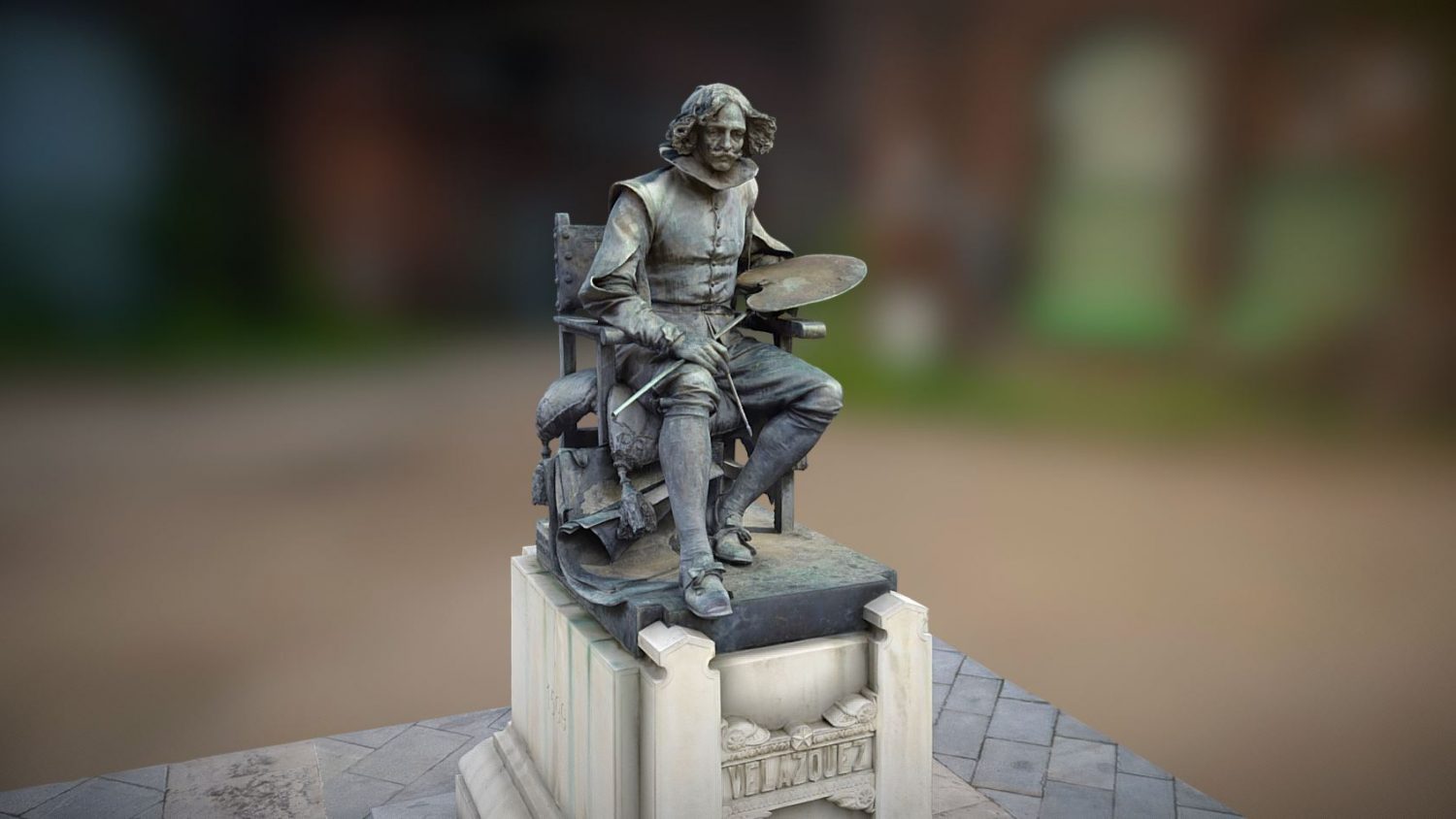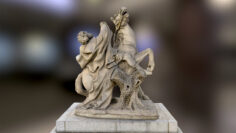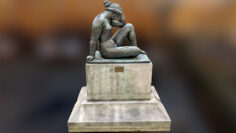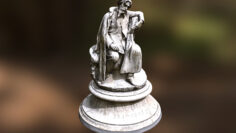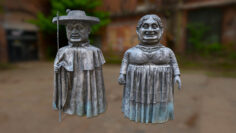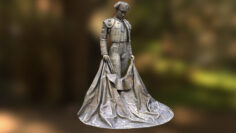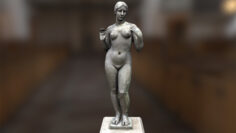Statue of Velazquez, Prado Museum
This statue of Diego Velazquez is a tribute to the great Baroque painter who made countless contributions during the Spanish Golden Age. It is located outside the Prado National Museum in Madrid, Spain
Modelled by Aniceto Marinas, the statue features Velazquez seated with his palette and brush at rest and his hand gesture imitates that of his self-portrait at Las Meninas. It is a full-size, seated figure, with his characteristic signs: his palette, brushes and tiento, along with a sword and the cloak on the back of the seat. His image is really naturalistic, faithful to the artist’s portraits.
The pedestal was created by by Vicente Lampérez, standing 1.90 metre high, and is a cube made of white stone from Monóvar. On its front side, it features the name of “Velázquez” surmounted by a star. The left and right sides are carved ‘1599’ and ‘1660’ dates, respectively.
The back side reads “Los artistas españoles por iniciativa del Círculo de Bellas Artes — 1899” (which means “the Spanish artists under the initiative of the Circle of Fine Arts — 1899”).
The monument was unveiled on 14 June 1899 as part of the festivities for the 300th anniversary of the birth of Velazquez. The ceremony was attended by the royal family including the Queen Regent Maria Christina and the King Alfonso XIII. Some of the speakers at the ceremony included French painters Carolus-Duran and Jean-Paul Laurens, and Edward Poynter, president of the British Royal Academy.



